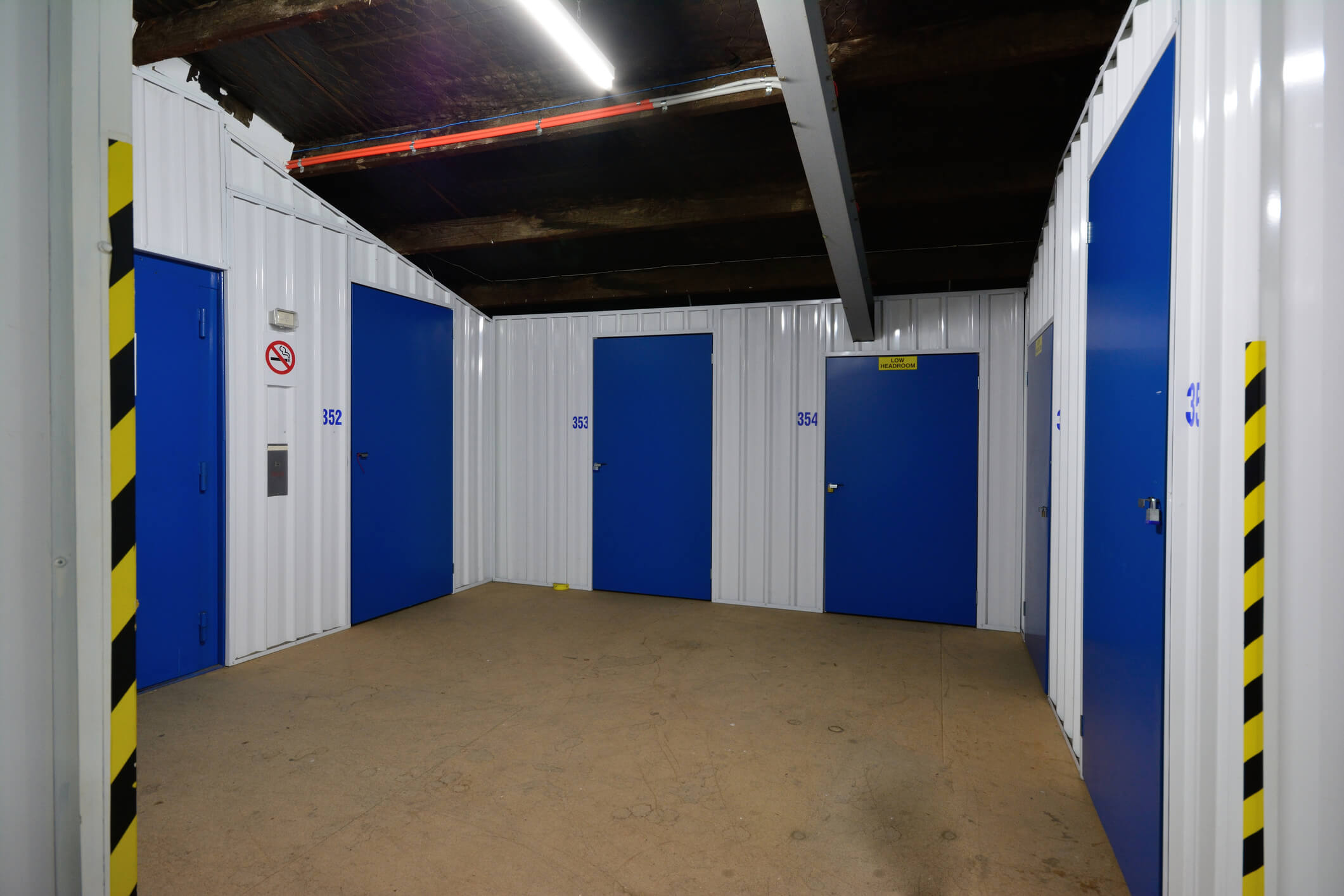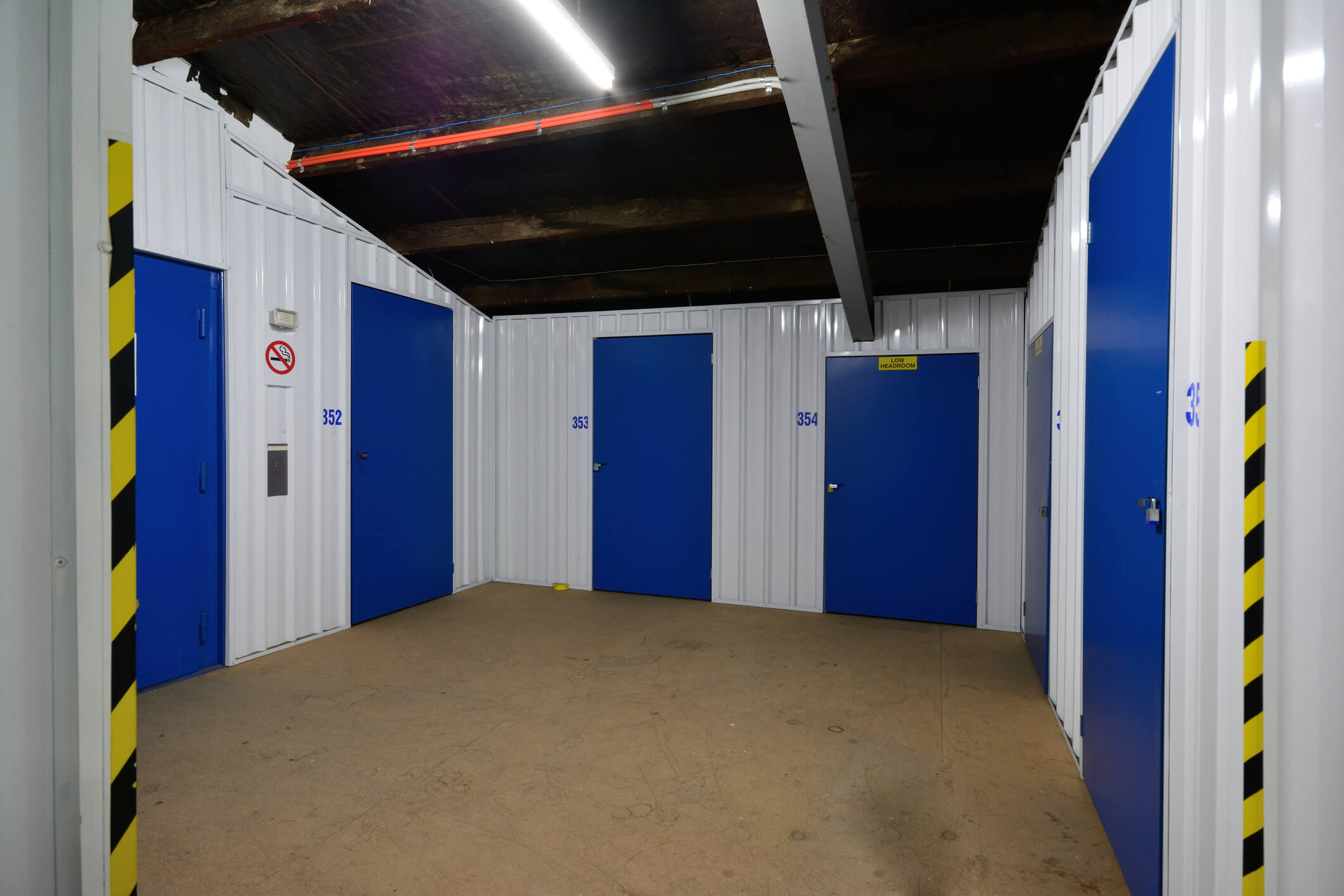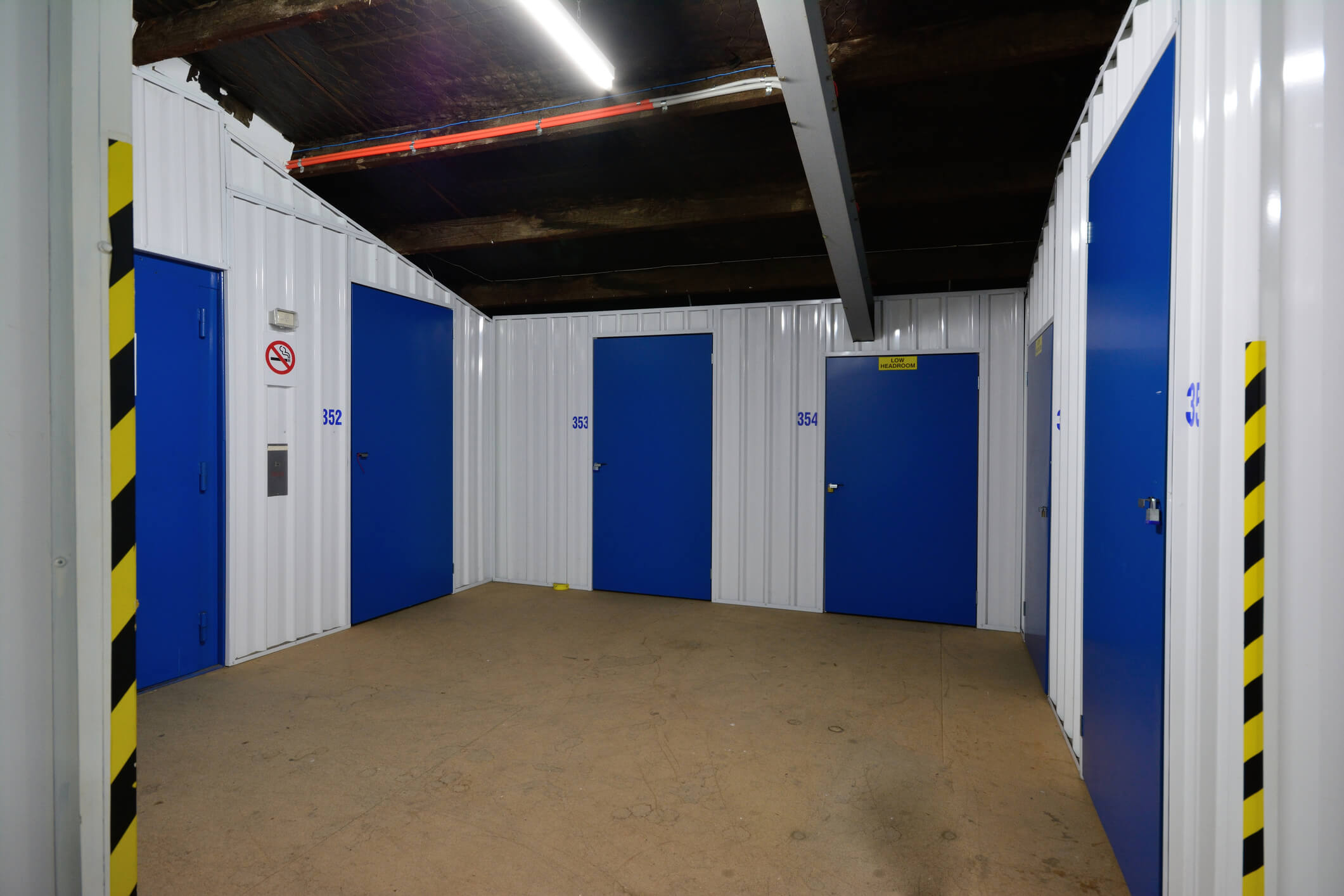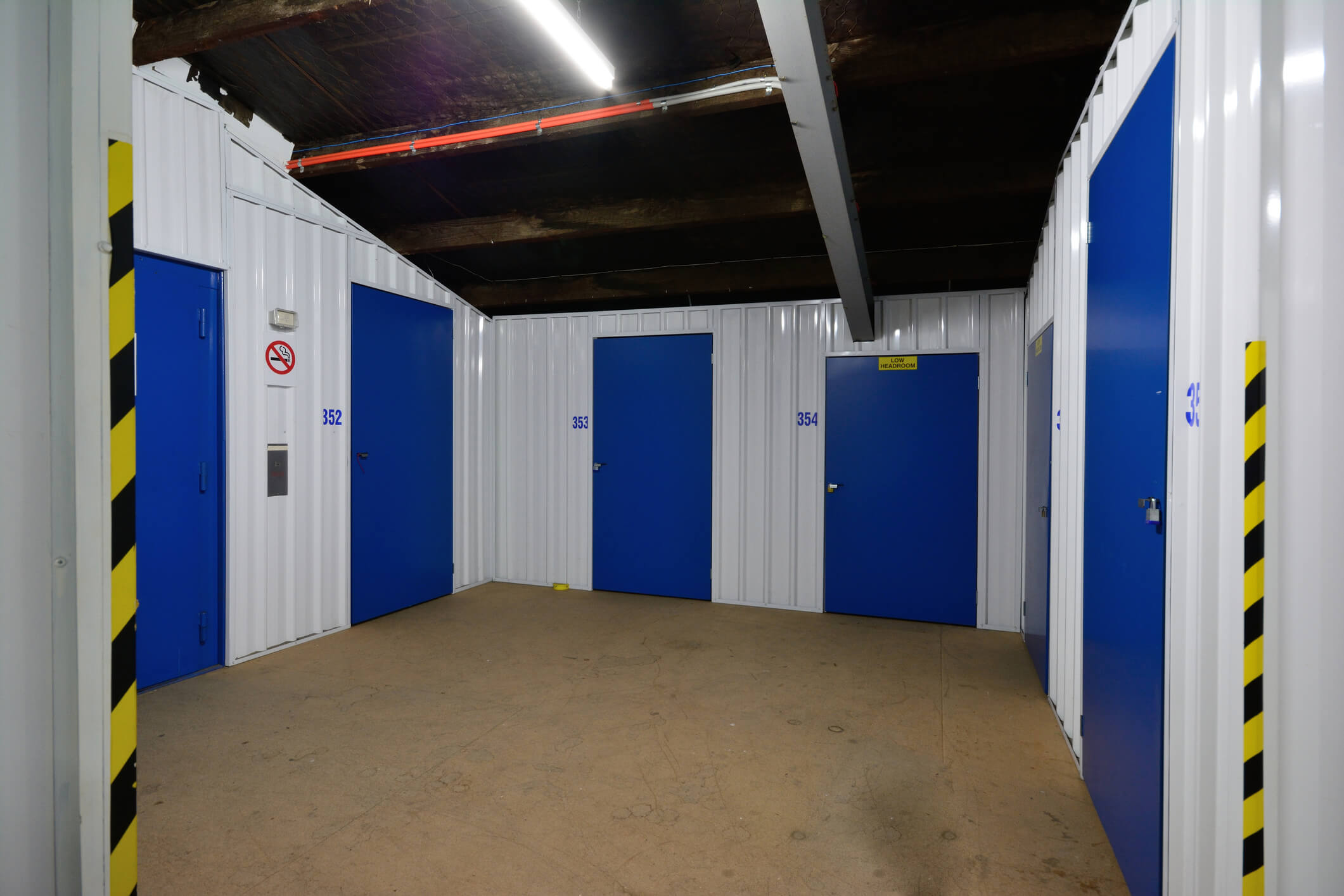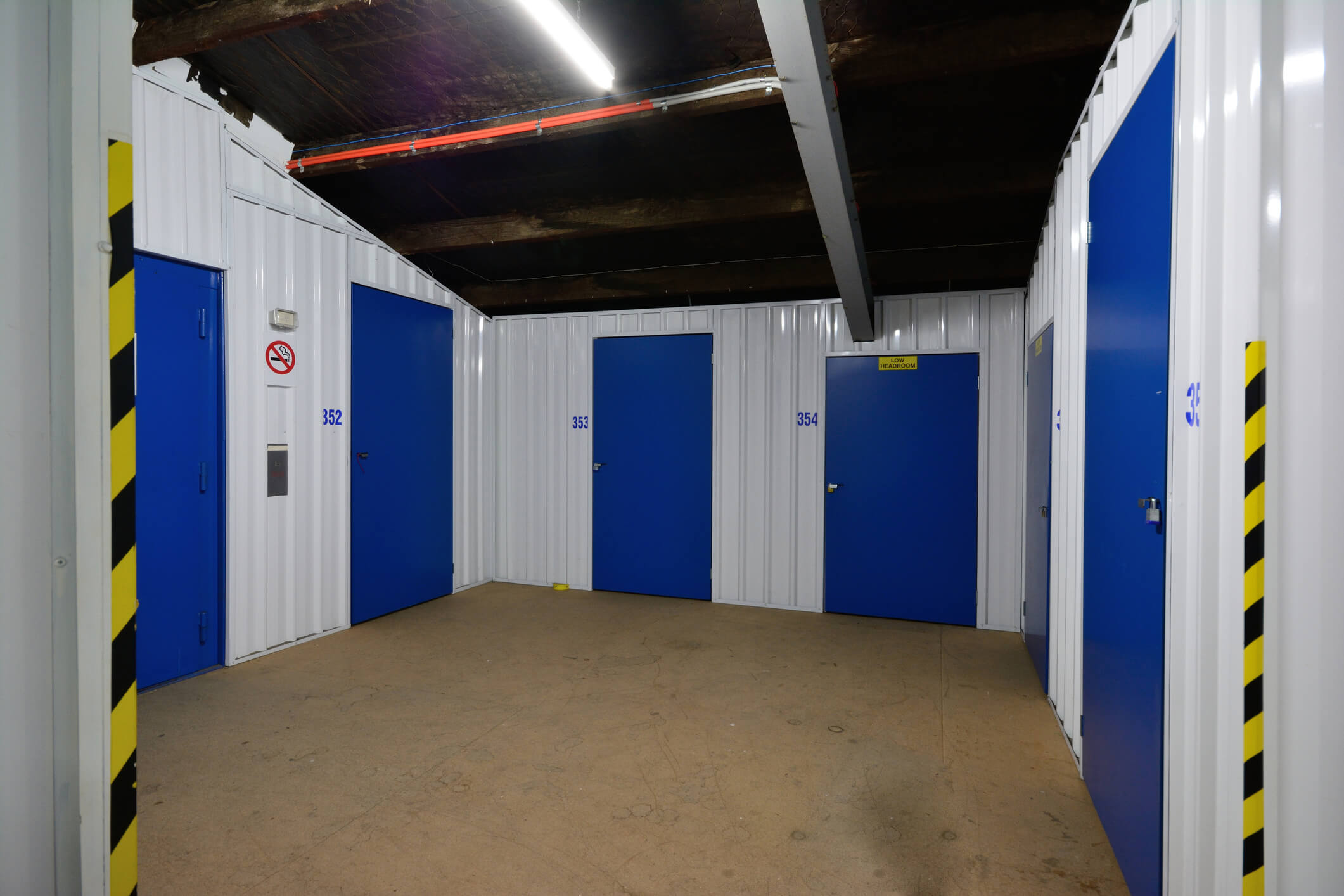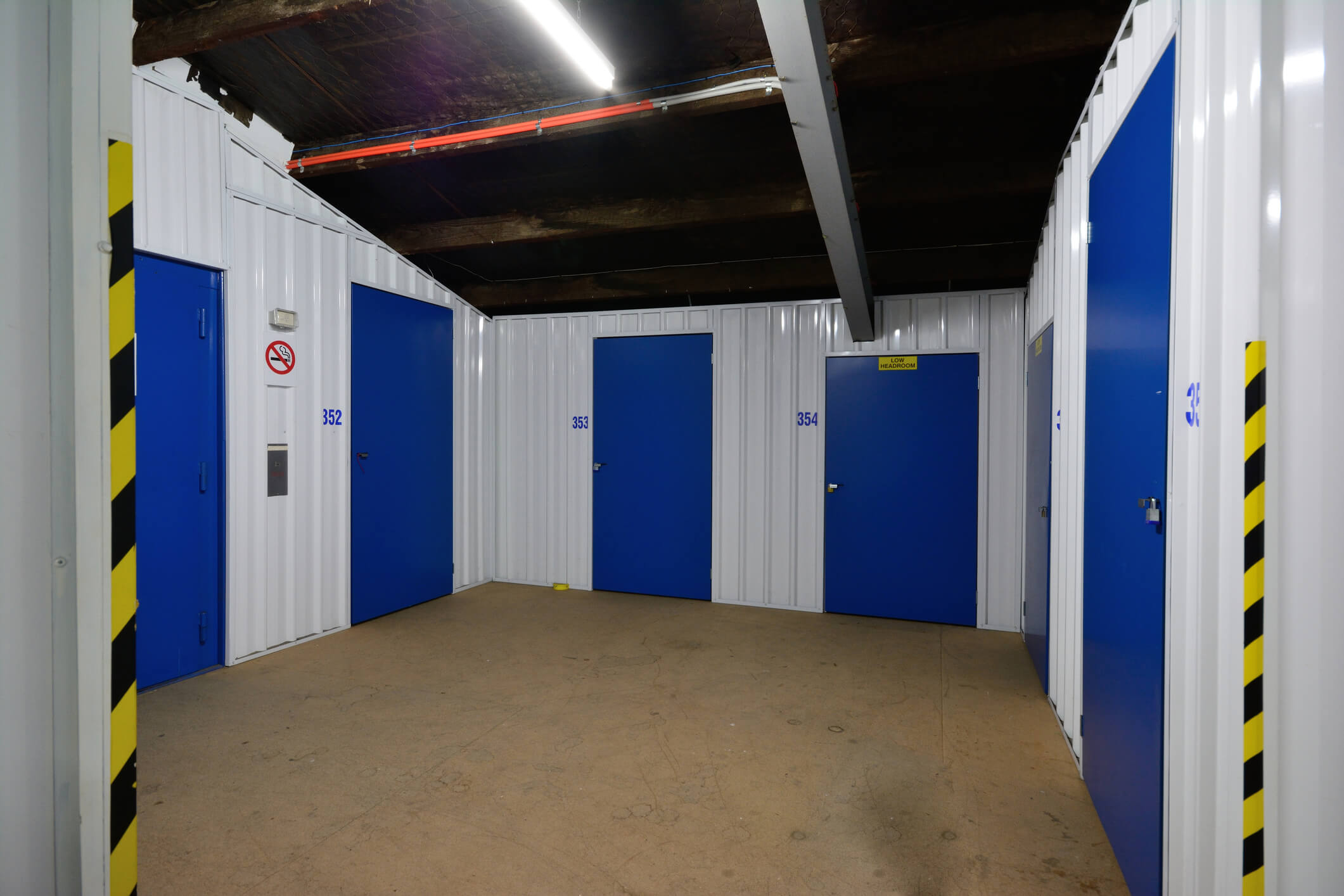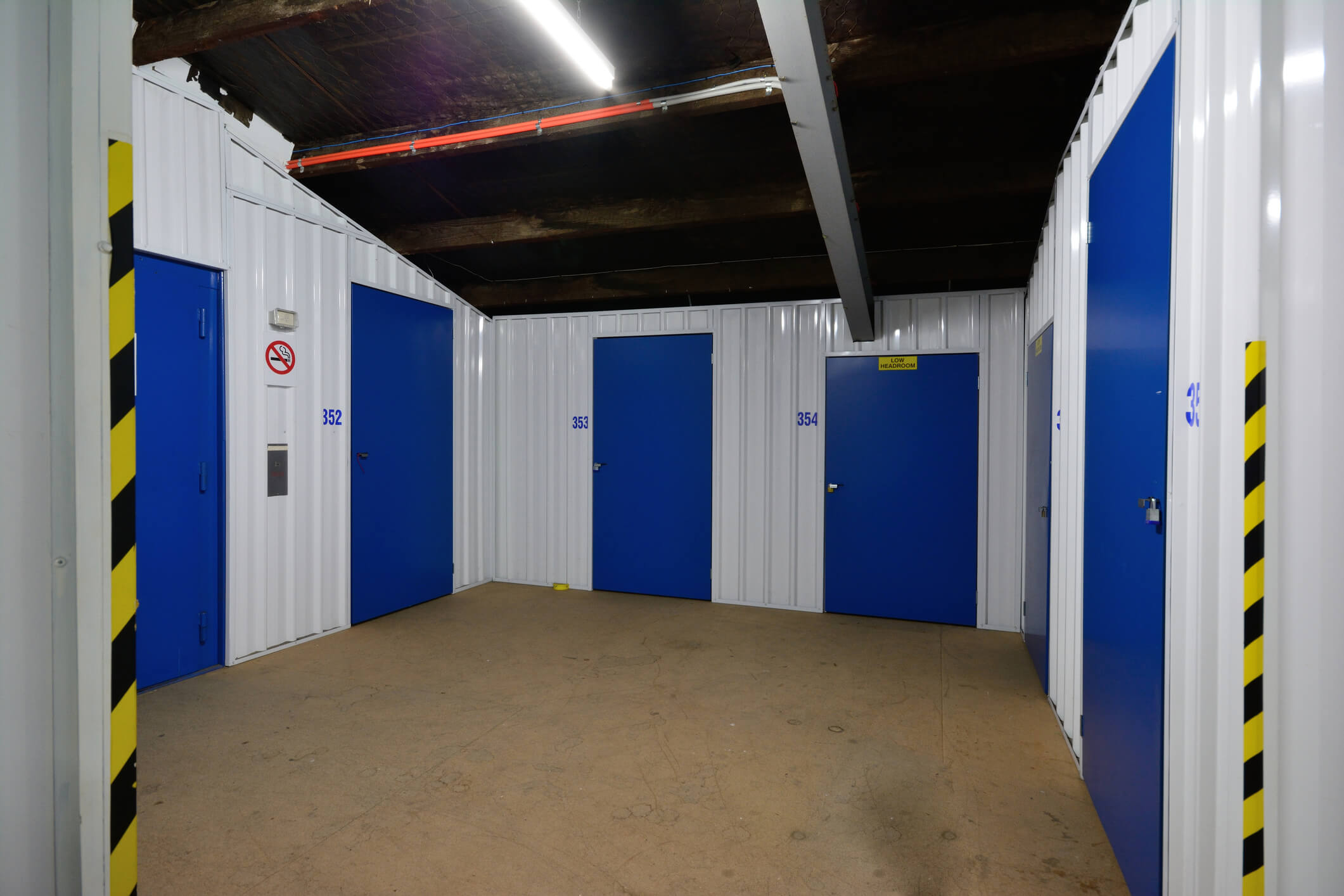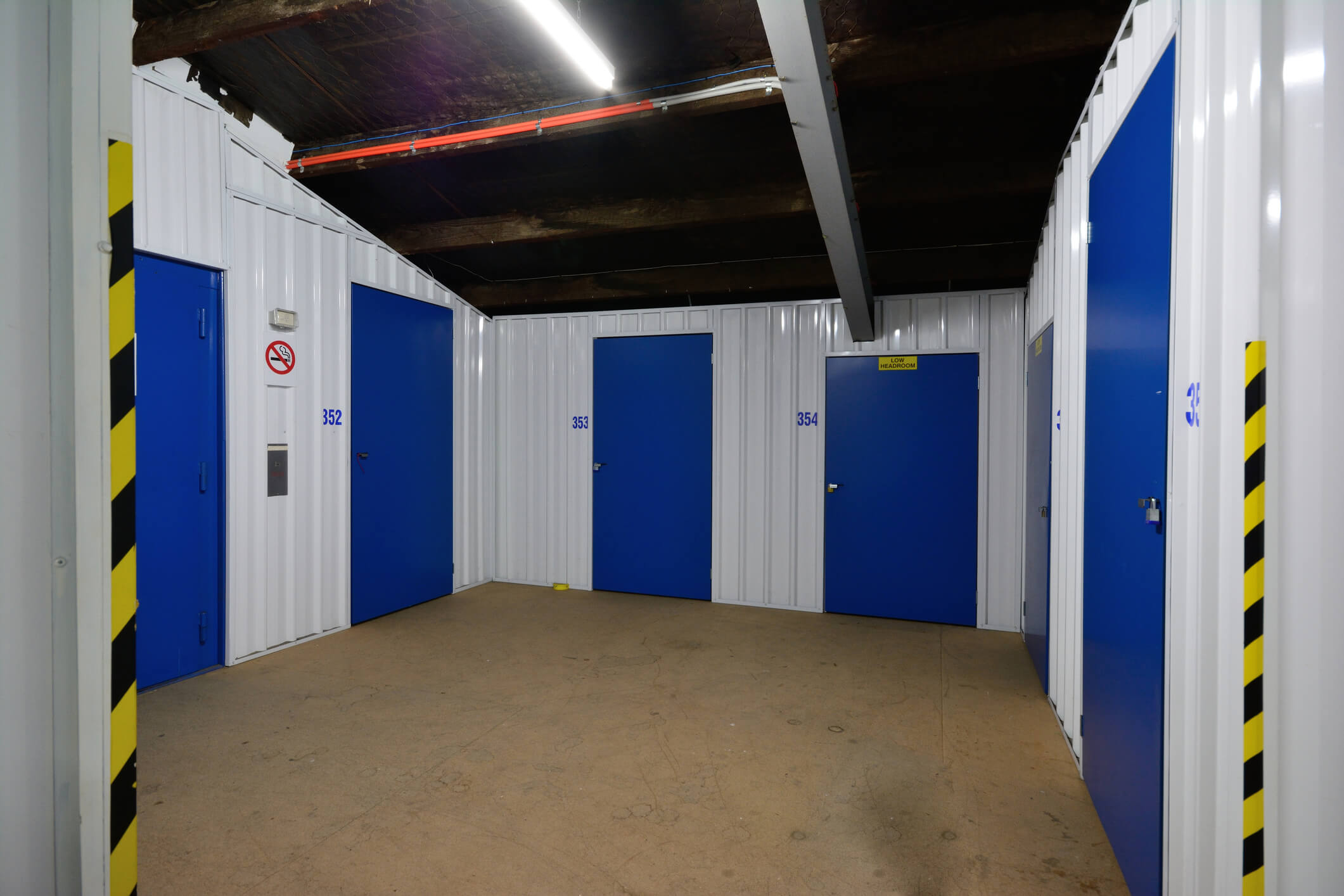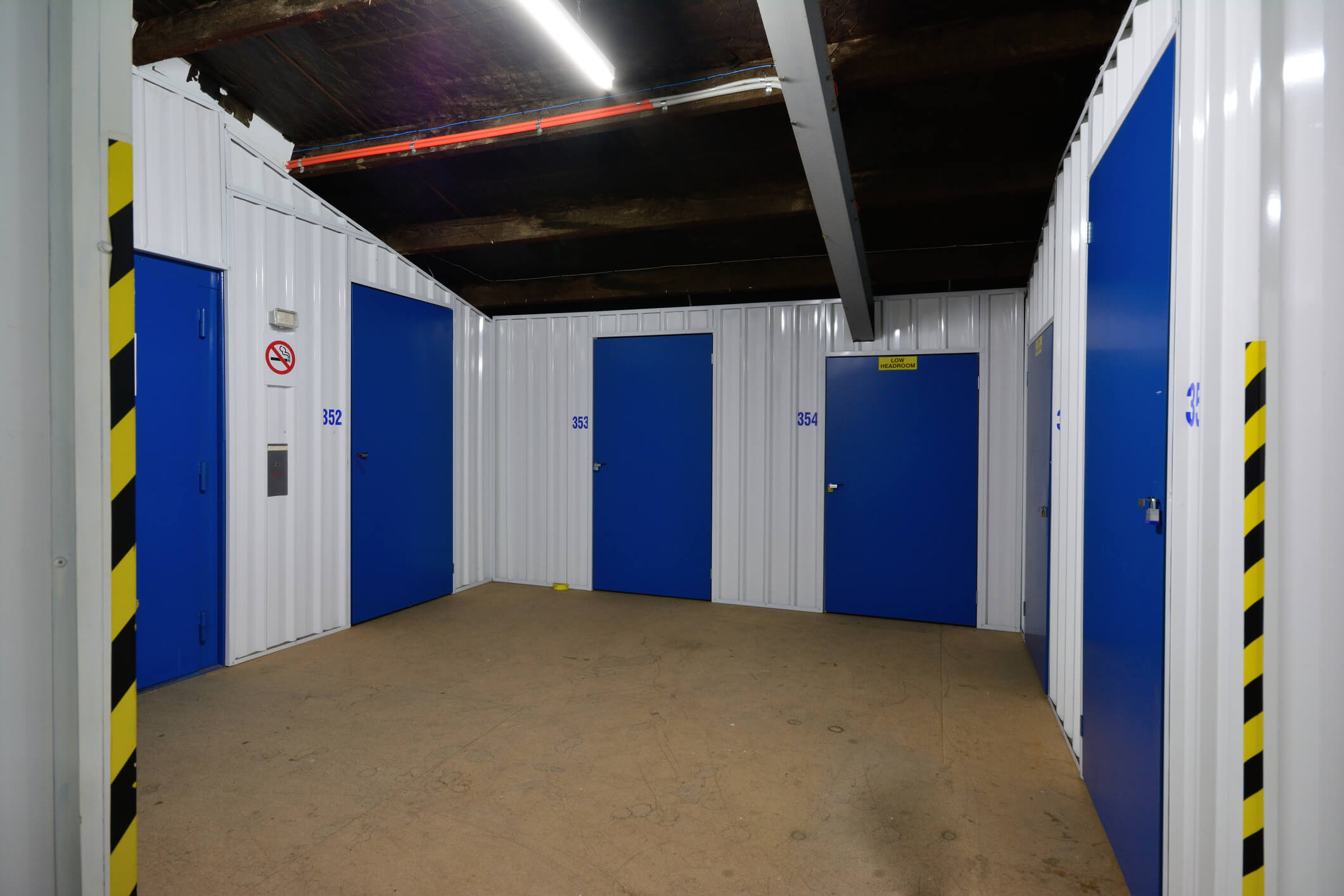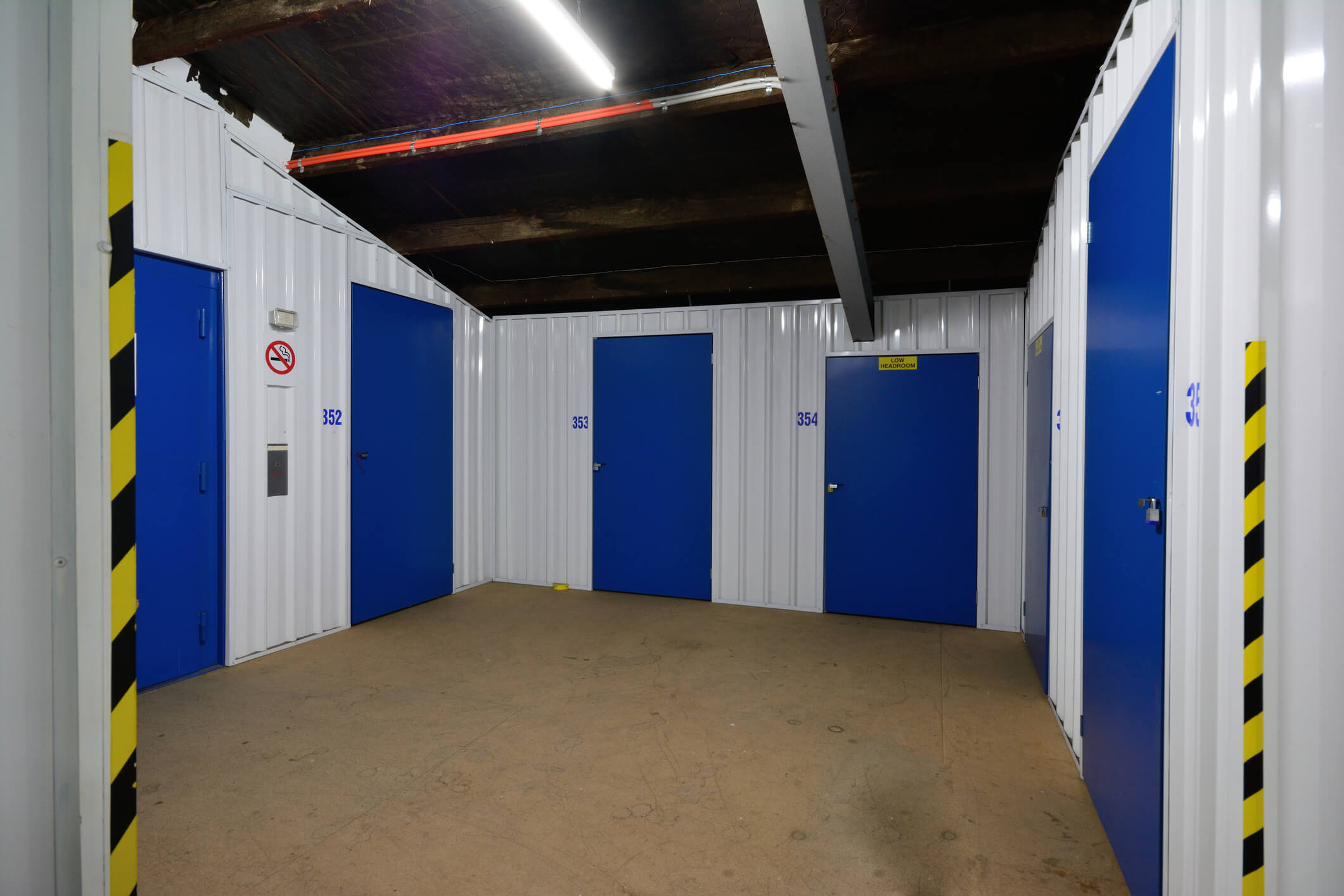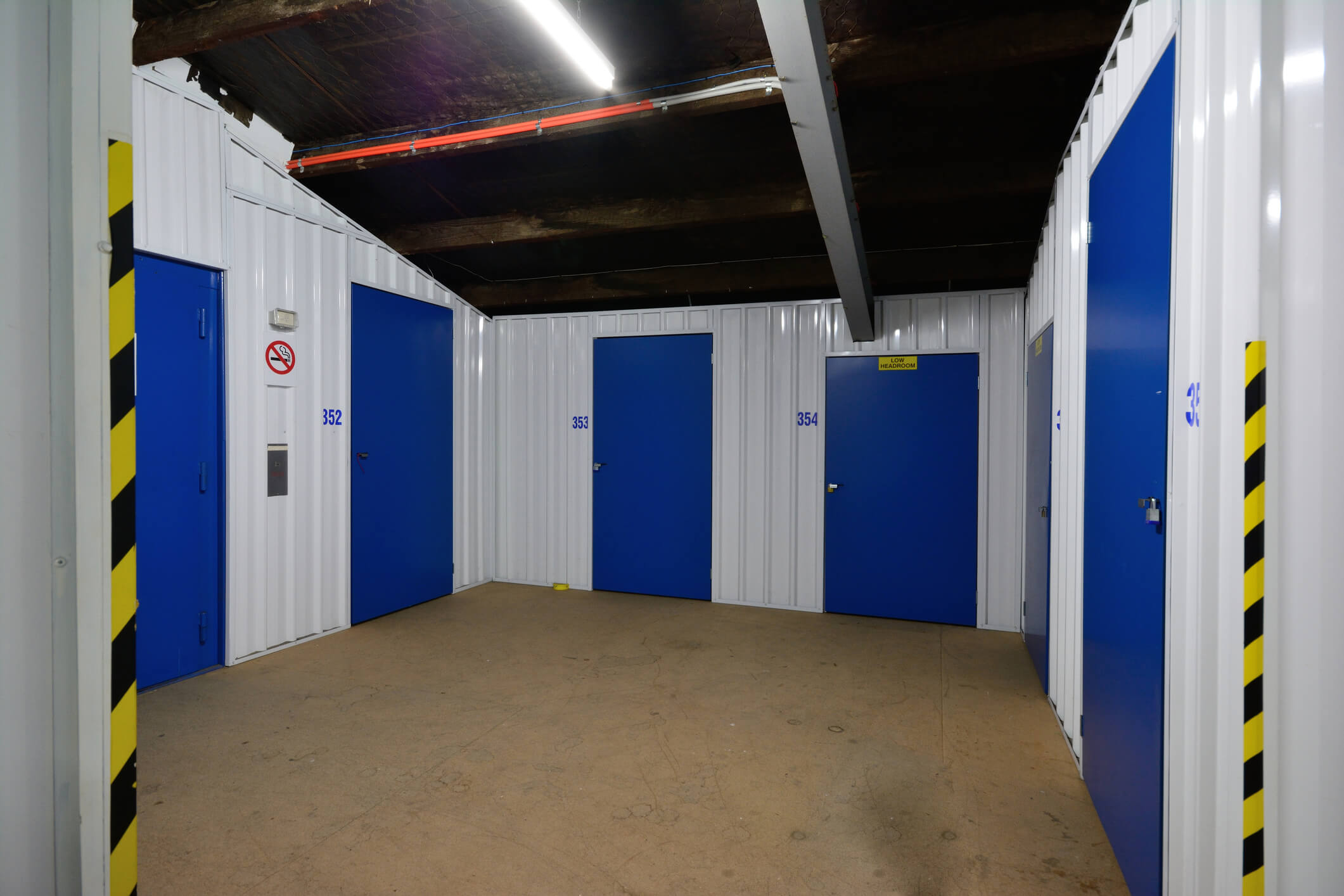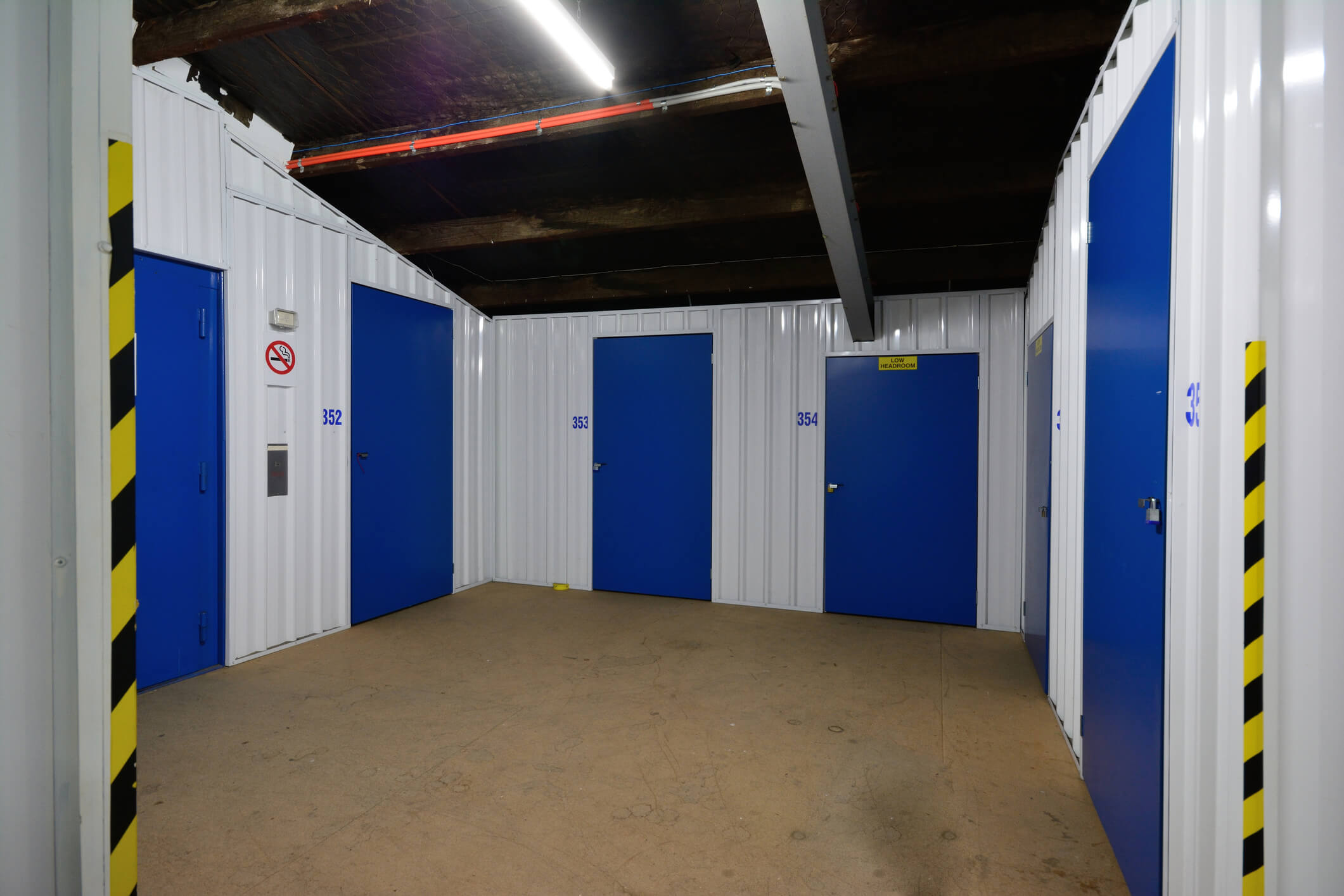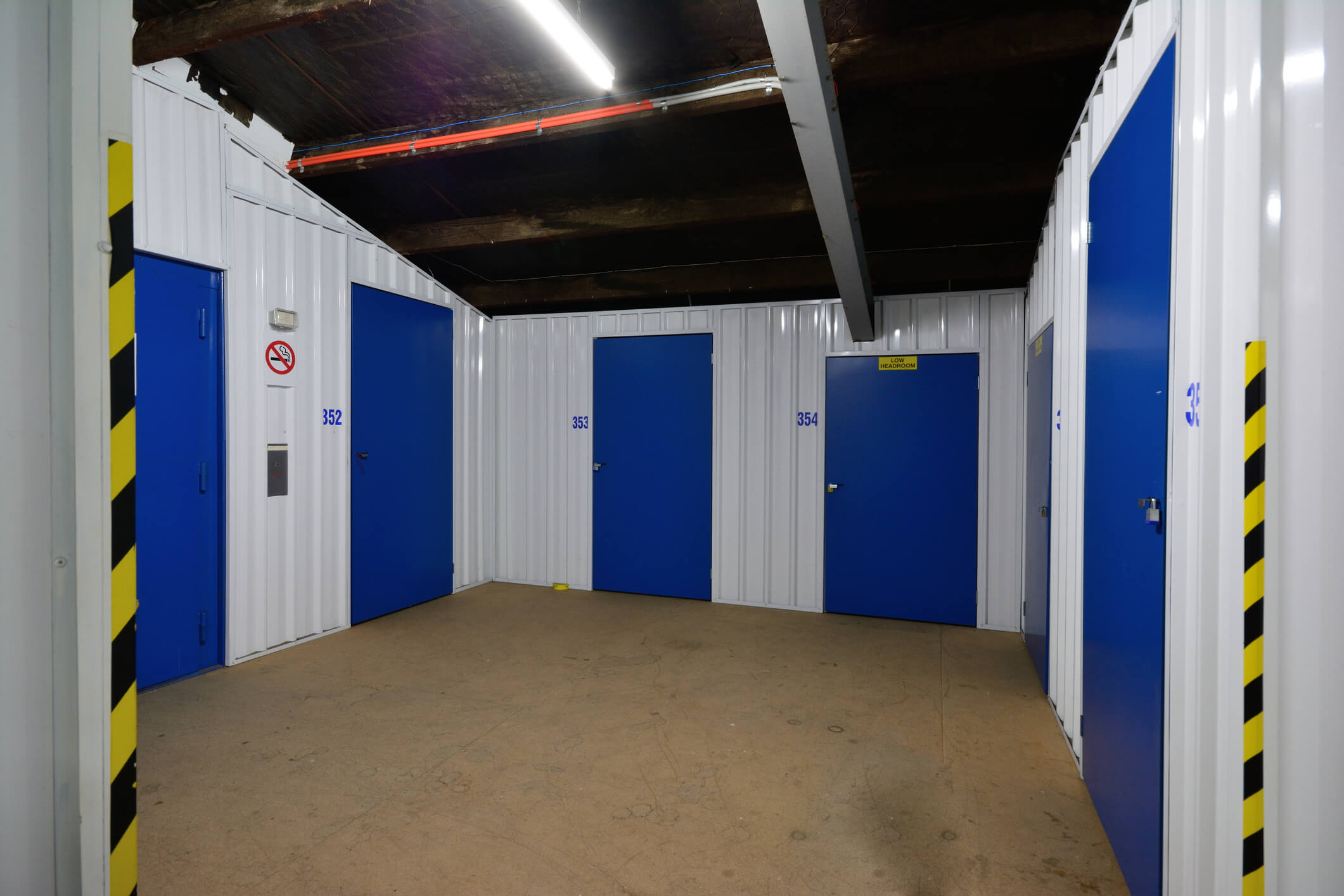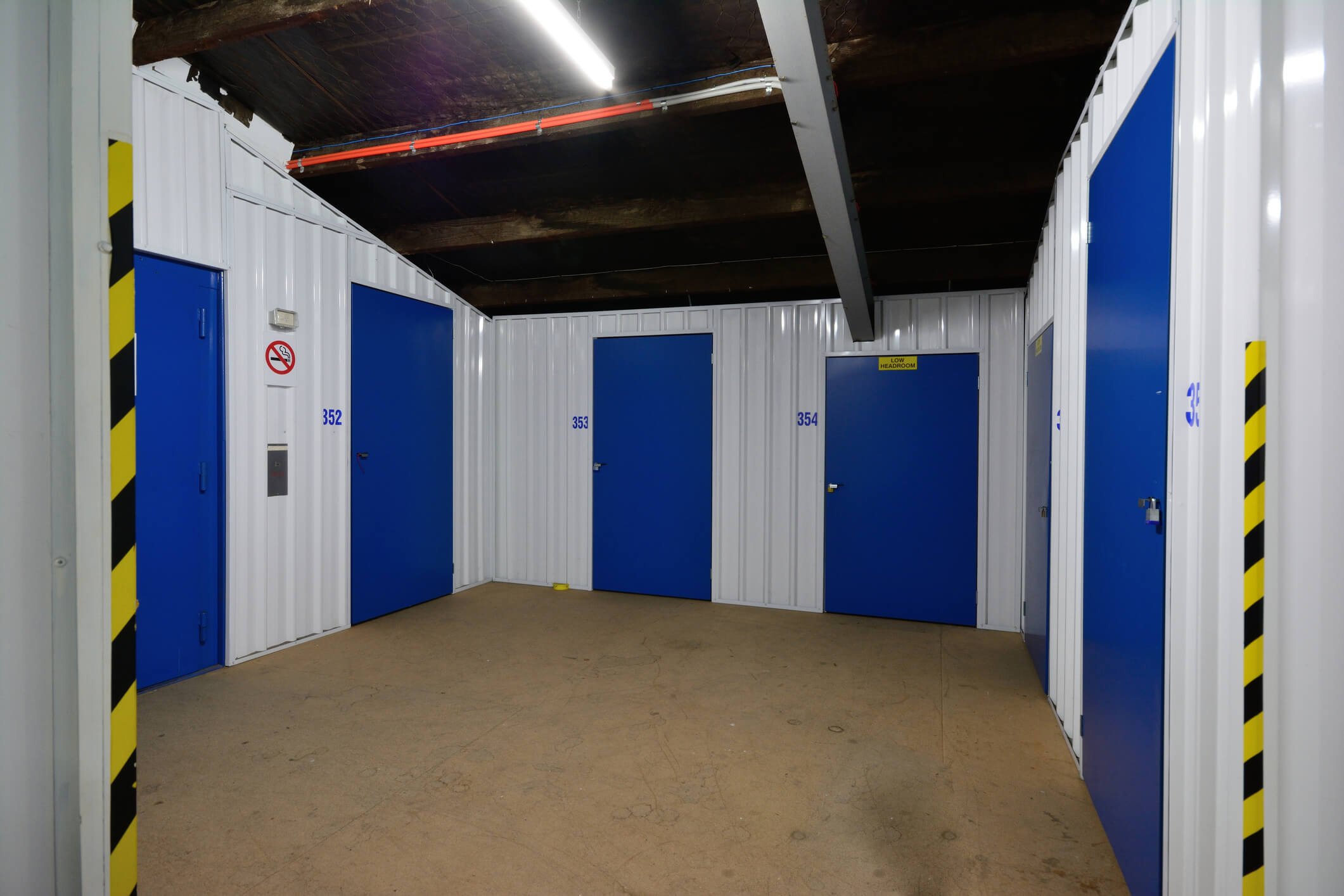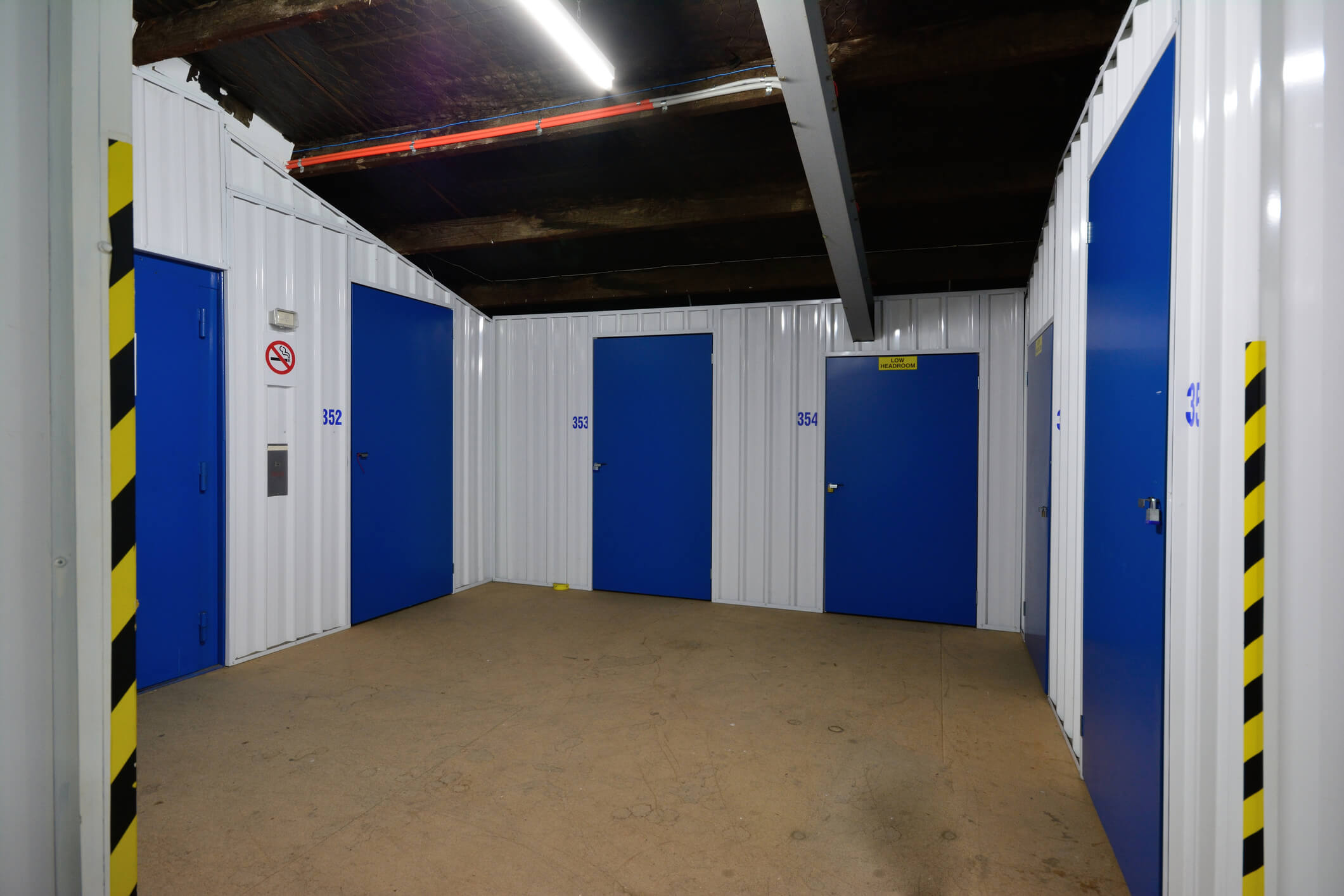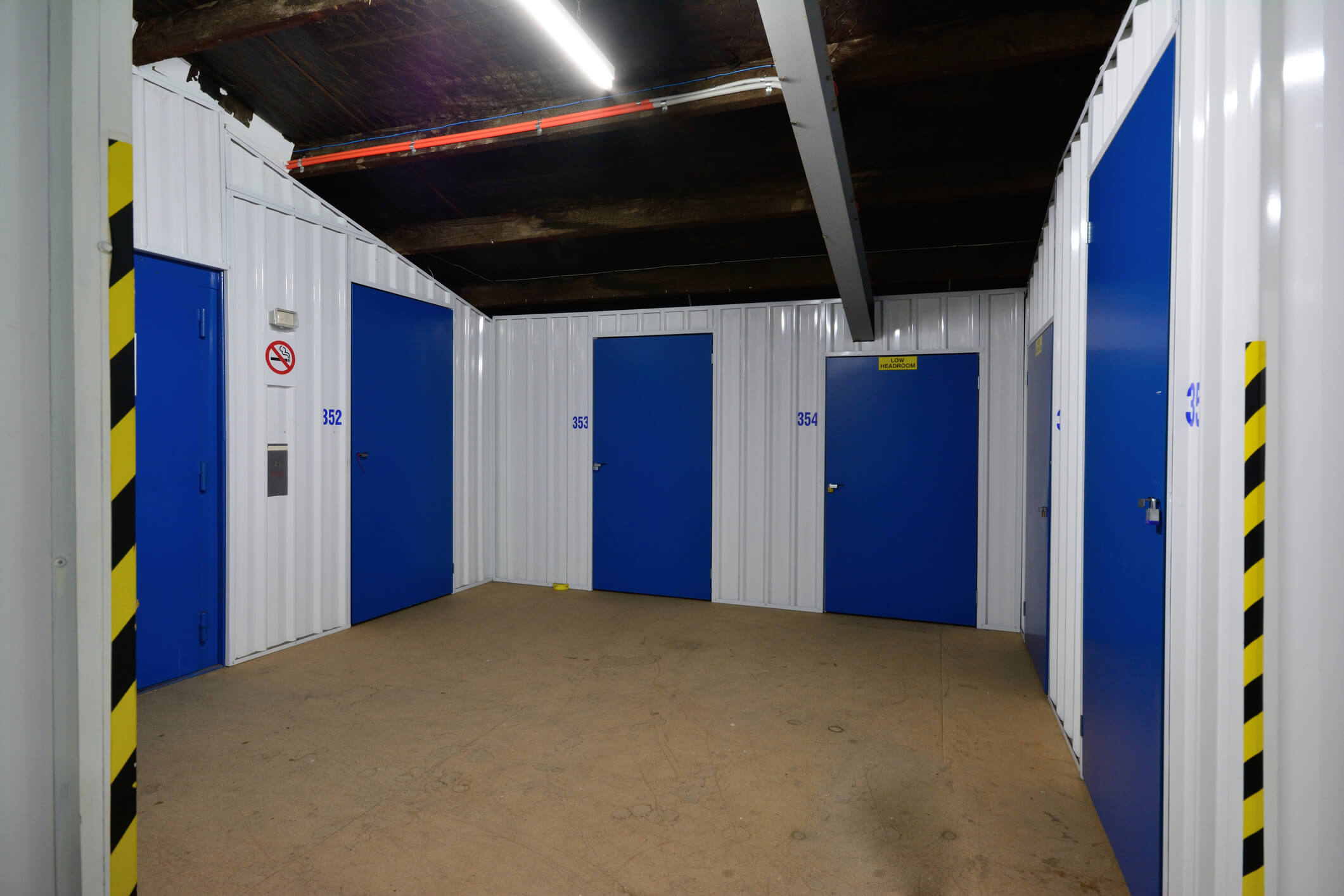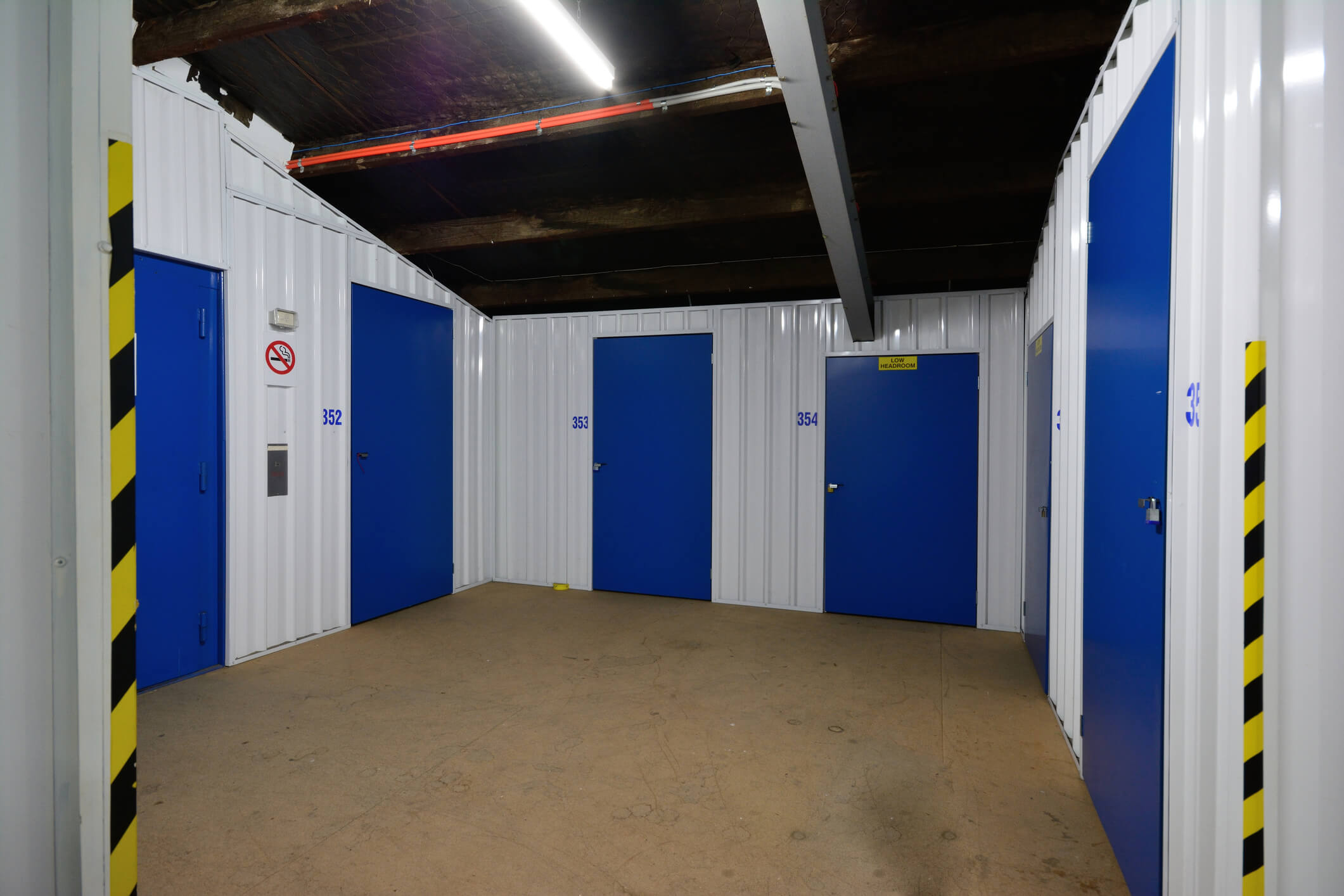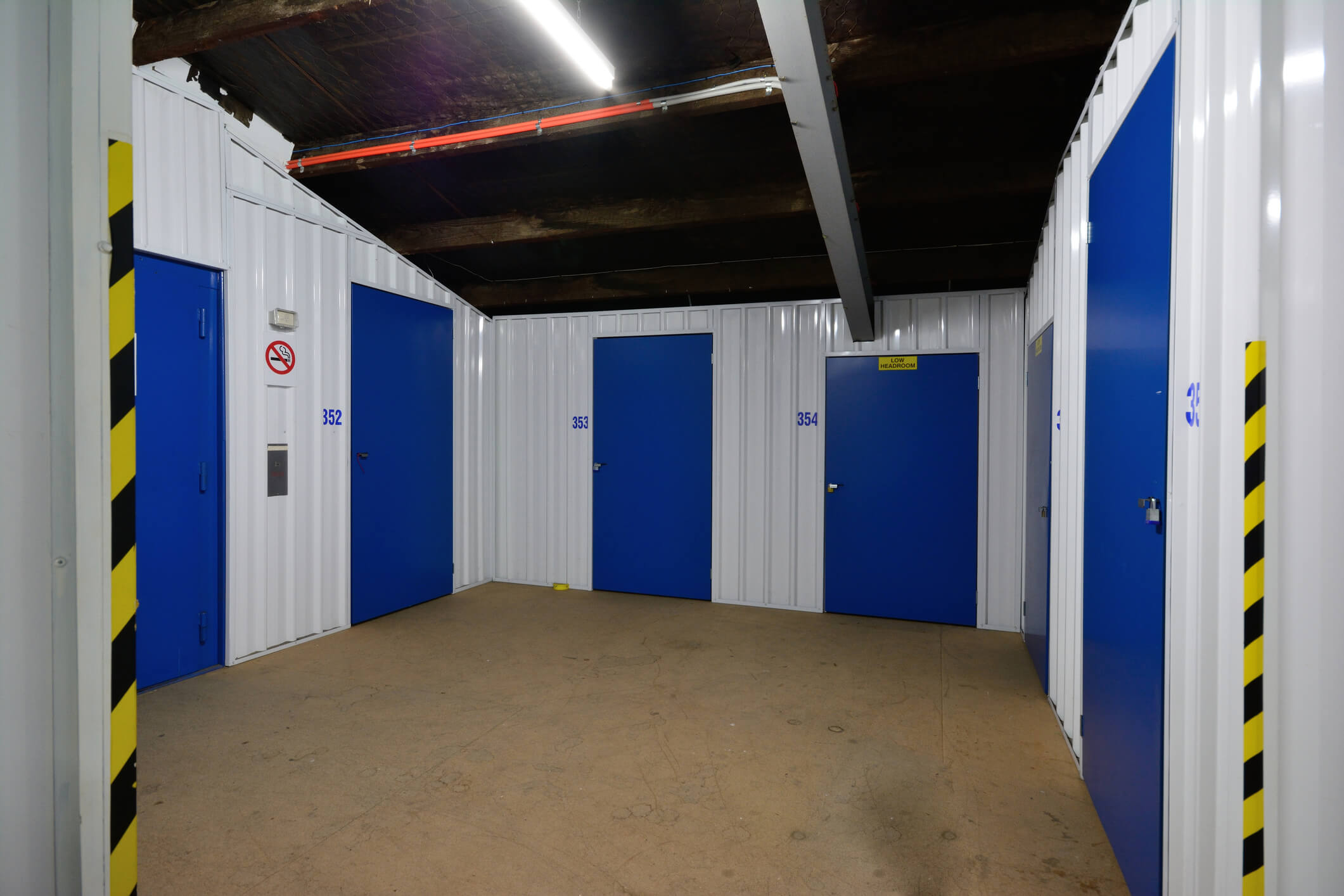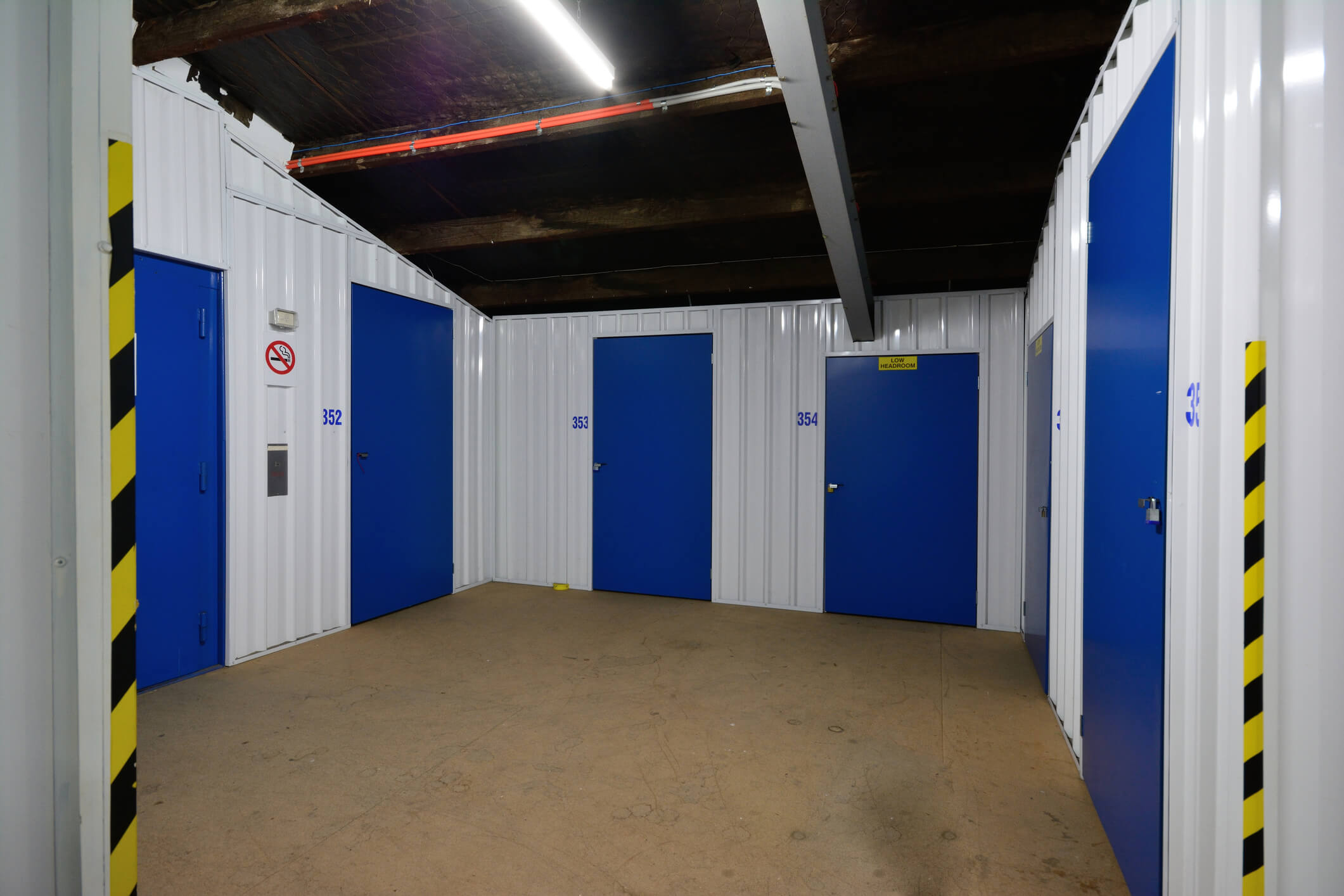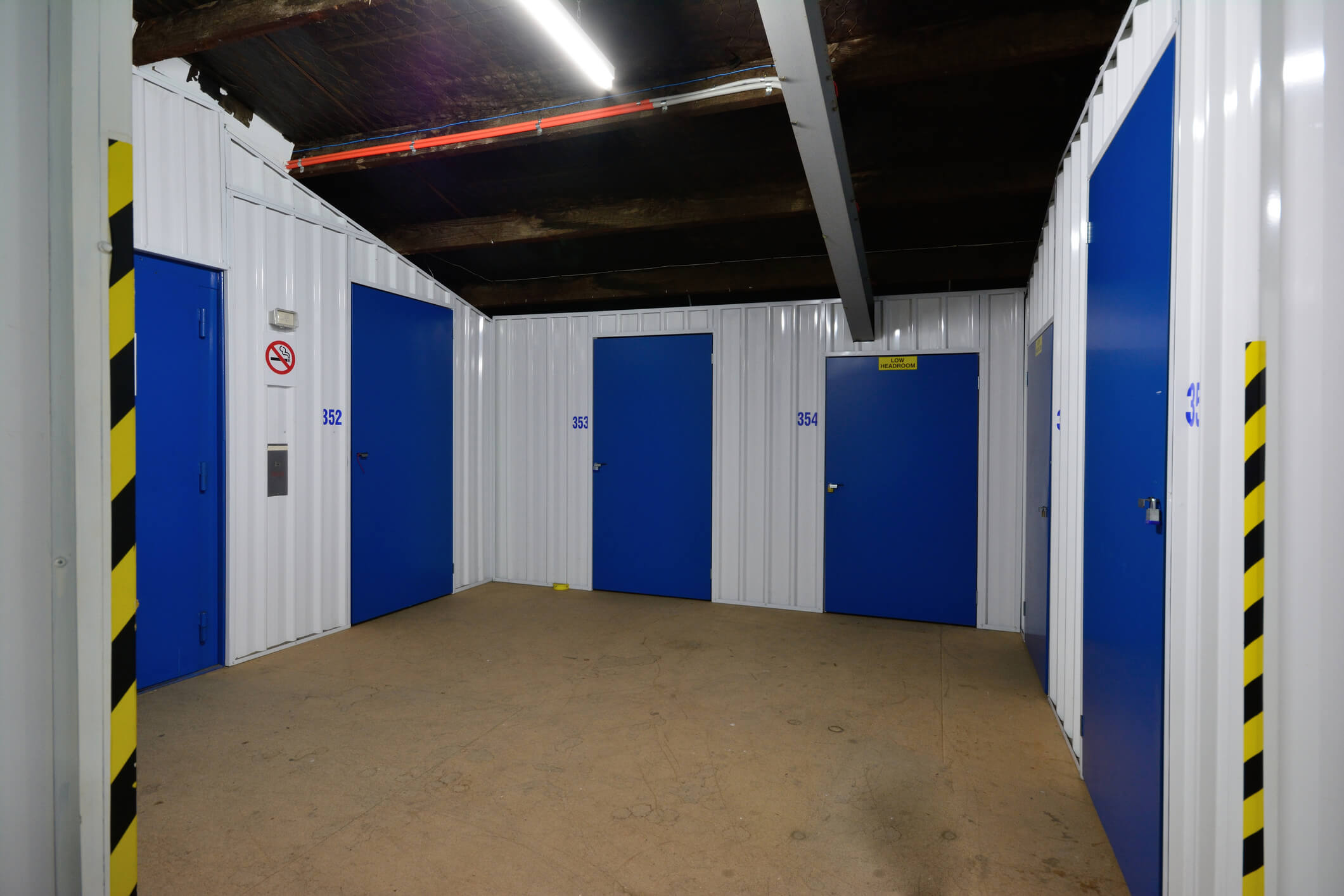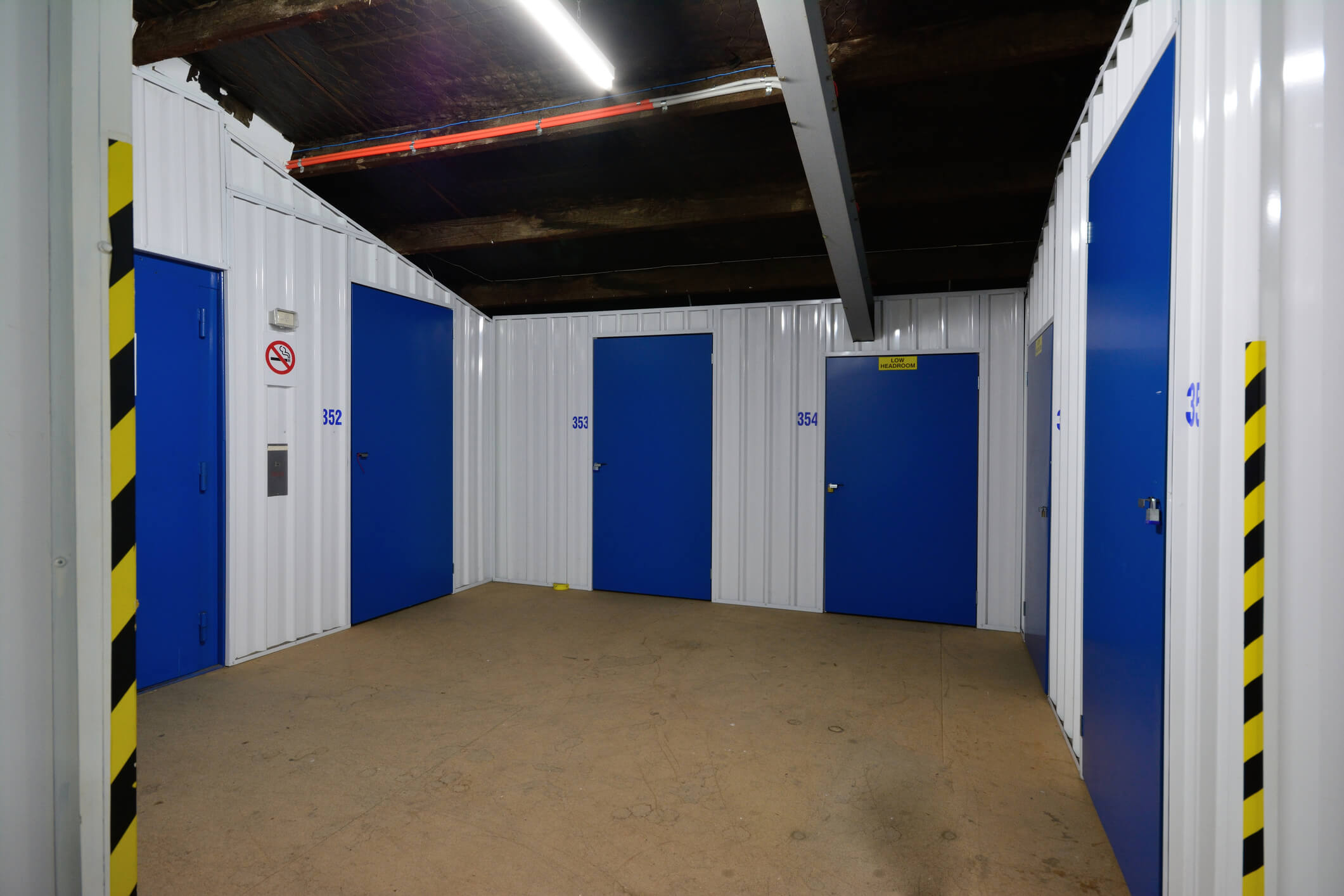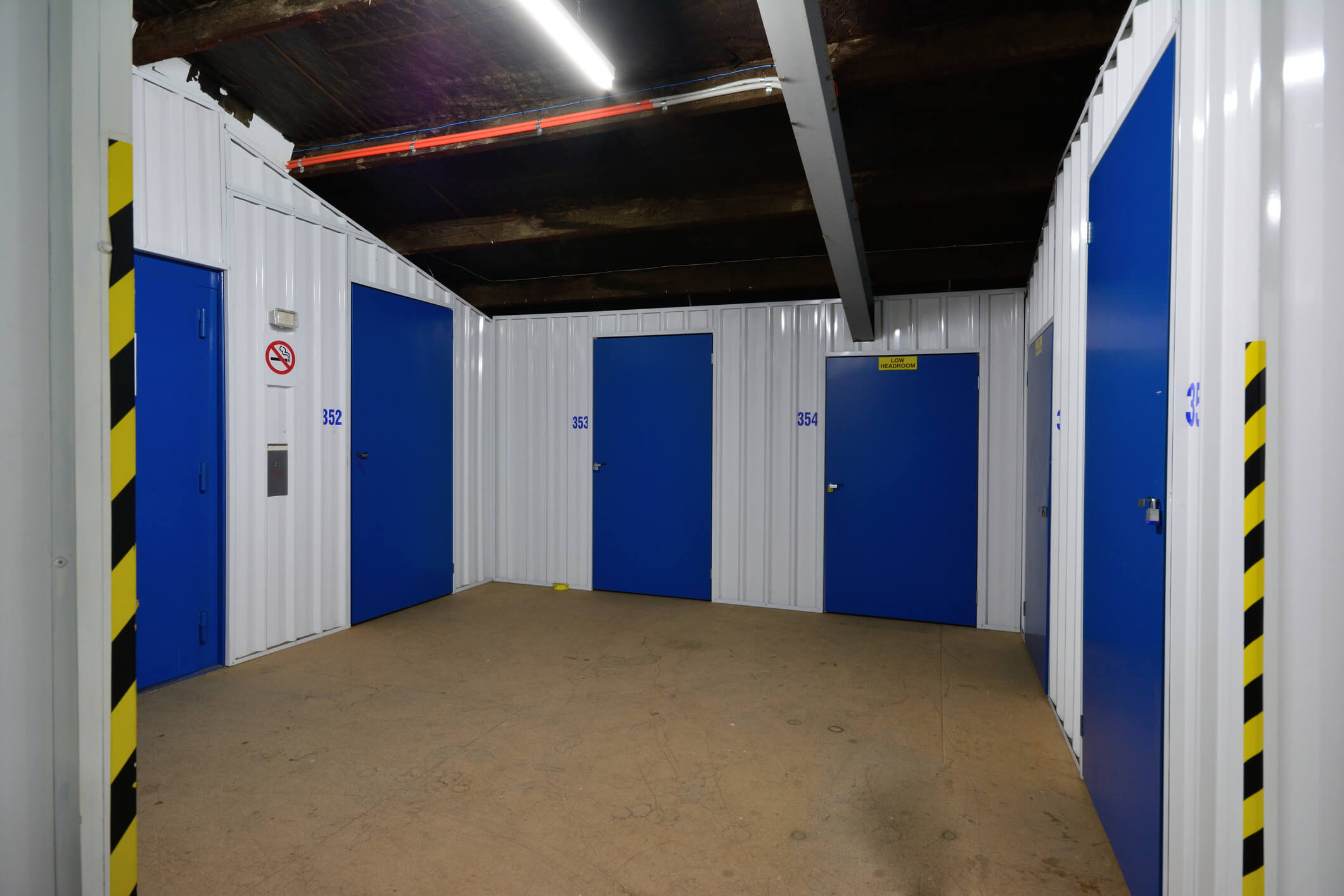Running a storage facility business involves significant operational risks that could force temporary closure or s…
Storage Facility Access Control Insurance: Protecting Your Security Systems and Customer Access
Storage facilities face unique security challenges that require specialized insurance coverage. From self-storage units to commercial warehouses, access control systems are the first line of defense against theft, unauthorized entry, and liability claims. However, when these systems fail or are compromised, the financial consequences can be devastating. Storage facility access control insurance provides essential protection for operators who rely on electronic security systems, keypad entry, biometric scanners, and other access technologies to protect their facilities and customers' belongings.
Understanding Storage Facility Access Control Systems
Modern storage facilities employ sophisticated access control technologies to manage entry and monitor activity. These systems typically include electronic gate controls, keypad entry systems, card readers, biometric scanners, mobile app access, and integrated surveillance cameras. Each component represents a potential point of failure that could compromise facility security and expose operators to significant liability.
The complexity of these systems means that failures can occur at multiple levels. Hardware malfunctions might prevent legitimate customers from accessing their units, while software glitches could allow unauthorized access. Network connectivity issues can disable remote monitoring capabilities, and power outages may compromise backup systems. Each scenario presents unique risks that require comprehensive insurance coverage.
Key Risks Facing Storage Facility Operators
Storage facilities with access control systems face several categories of risk that standard commercial insurance may not adequately address. Security system failures can lead to theft of stored items, resulting in customer claims and potential lawsuits. When access control systems malfunction, customers may be unable to retrieve important documents, business inventory, or personal belongings, leading to consequential loss claims.
Unauthorized access represents another significant risk. If access control systems are compromised, allowing unauthorized individuals to enter the facility, operators may face liability for any resulting theft or damage. This risk extends beyond simple break-ins to include scenarios where former customers retain access after their contracts expire, or where system vulnerabilities allow unauthorized code sharing.
Data breaches present an increasingly important risk category. Modern access control systems often store customer information, access logs, and payment details. If this data is compromised, operators may face regulatory fines, notification costs, and customer lawsuits. The integration of mobile apps and cloud-based management systems expands the potential attack surface for cybercriminals.
Business interruption risks are particularly acute for storage facilities. When access control systems fail completely, operators may need to provide manual access, significantly increasing labor costs and reducing operational efficiency. Extended outages can lead to customer dissatisfaction, contract cancellations, and reputation damage that affects long-term profitability.
Essential Coverage Components
Storage facility access control insurance should include several key coverage areas to provide comprehensive protection. Technology errors and omissions coverage protects against claims arising from system failures, software glitches, or inadequate security measures. This coverage is essential when customers suffer losses due to access control malfunctions or security breaches.
Cyber liability coverage addresses the growing threat of digital attacks on access control systems. This includes coverage for data breach response costs, regulatory fines, customer notification expenses, and business interruption losses resulting from cyber incidents. As storage facilities increasingly rely on cloud-based systems and mobile applications, cyber coverage becomes essential.
Professional liability coverage protects against claims that the facility failed to provide adequate security or properly maintain access control systems. This coverage is particularly important when customers argue that security measures were insufficient or improperly implemented, leading to theft or unauthorized access.
Business interruption coverage compensates for lost income when access control system failures prevent normal operations. This includes coverage for additional expenses incurred to maintain customer access during system outages, such as hiring security personnel or implementing temporary access procedures.
Equipment breakdown coverage protects against the costs of repairing or replacing failed access control hardware. This includes electronic components, servers, networking equipment, and specialized security devices that may not be covered under standard property insurance.
Specialized Considerations for Different Facility Types
Self-storage facilities face unique access control challenges due to their customer-facing nature and extended operating hours. Many self-storage facilities offer 24/7 access, meaning access control systems must function reliably around the clock. Insurance coverage should account for the higher frequency of system use and the potential for customer disputes when access is denied due to system malfunctions.
Climate-controlled storage facilities often have more sophisticated access control systems integrated with environmental monitoring equipment. Insurance coverage should address the potential for system failures that could affect both security and climate control, potentially damaging stored items and creating complex liability scenarios.
Commercial warehouse facilities typically have access control systems integrated with inventory management and logistics software. Coverage should account for the potential business interruption losses when system failures affect not just security but also operational efficiency and customer service capabilities.
Vehicle storage facilities, including boat and RV storage, face additional risks related to high-value items and seasonal access patterns. Access control insurance should address the unique challenges of securing large, valuable items and managing seasonal fluctuations in facility usage.
Risk Management Best Practices
Effective risk management begins with selecting appropriate access control technology and maintaining it properly. Regular system updates, security patches, and hardware maintenance reduce the likelihood of failures and security vulnerabilities. Backup power systems and redundant communication links help ensure continued operation during emergencies.
Staff training is crucial for minimizing human error and ensuring proper system operation. Employees should understand how to respond to system failures, assist customers with access issues, and recognize potential security threats. Regular training updates help staff stay current with evolving technology and security best practices.
Customer education plays an important role in access control security. Clear policies regarding access code sharing, facility rules, and security procedures help reduce the risk of unauthorized access and customer disputes. Regular communication about system updates or maintenance helps manage customer expectations and reduce complaints.
Documentation and record-keeping are essential for both risk management and insurance claims. Detailed logs of system maintenance, security incidents, and customer interactions provide valuable evidence in the event of claims or disputes. Video surveillance systems should be properly maintained and integrated with access control systems to provide comprehensive security monitoring.
Claims Scenarios and Coverage Applications
Understanding how access control insurance responds to real-world scenarios helps facility operators appreciate the value of comprehensive coverage. Consider a situation where a software update causes the access control system to malfunction, preventing customers from accessing their units for several hours. Business interruption coverage would compensate for lost income, while additional expense coverage would pay for emergency staffing to provide manual access.
In another scenario, cybercriminals might exploit a vulnerability in the facility's mobile app to gain unauthorized access codes. Cyber liability coverage would address the costs of investigating the breach, notifying affected customers, and implementing enhanced security measures. If stolen items result in customer claims, technology errors and omissions coverage would provide legal defense and settlement costs.
Equipment breakdown scenarios are common in storage facilities. When a gate controller fails due to a power surge, equipment breakdown coverage would pay for replacement costs and any necessary system reconfiguration. If the failure occurs during peak access hours, business interruption coverage would compensate for the resulting income loss.
Selecting Appropriate Coverage Limits
Determining appropriate coverage limits requires careful consideration of the facility's size, customer base, and stored item values. Technology errors and omissions limits should reflect the potential value of stored items and the facility's customer capacity. Larger facilities with higher-value storage typically require higher coverage limits.
Cyber liability limits should account for the number of customers whose data might be compromised and the potential regulatory fines in the facility's jurisdiction. Business interruption limits should reflect the facility's daily income and the potential duration of system outages.
Equipment breakdown limits should cover the full replacement cost of access control systems, including installation and configuration expenses. Facilities with newer, more sophisticated systems may require higher limits to account for specialized equipment costs.
Integration with Existing Insurance Programs
Storage facility access control insurance should complement existing commercial insurance coverage rather than duplicate it. Coordination with general liability, property, and workers' compensation policies ensures comprehensive protection without gaps or overlaps.
Some coverage areas may overlap between different policies, requiring careful coordination to avoid disputes during claims. For example, theft losses might be covered under both property insurance and access control coverage, depending on the specific circumstances and policy language.
Regular insurance reviews help ensure that coverage keeps pace with facility improvements and changing risk exposures. As access control technology evolves and facilities expand, insurance programs should be updated to maintain adequate protection.
Regulatory and Compliance Considerations
Storage facility operators must comply with various regulations that may affect access control requirements and insurance needs. Local building codes may specify minimum security standards, while state regulations might govern data protection and customer privacy requirements.
Industry standards and best practices continue to evolve as access control technology advances. Insurance coverage should account for the potential costs of upgrading systems to meet new standards or regulatory requirements.
Some jurisdictions have specific requirements for storage facility security and customer notification procedures. Insurance coverage should address the potential costs of compliance failures and regulatory enforcement actions.
Future Trends and Emerging Risks
The storage facility industry continues to evolve with advancing technology and changing customer expectations. Cloud-based access control systems offer enhanced functionality but create new cyber risks that require specialized coverage. Mobile applications and contactless access technologies improve customer convenience but expand the potential attack surface for cybercriminals.
Artificial intelligence and machine learning technologies are increasingly integrated into access control systems, creating new categories of risk related to algorithmic decision-making and automated responses. Insurance coverage must evolve to address these emerging technologies and their associated risks.
The growing emphasis on sustainability and energy efficiency may drive adoption of new access control technologies that require different insurance considerations. Solar-powered systems, energy-efficient components, and integrated environmental monitoring create new risk profiles that insurance programs must address.
Conclusion
Storage facility access control insurance provides essential protection for operators who rely on sophisticated security systems to protect their facilities and customers' belongings. As access control technology continues to evolve and cyber threats become more sophisticated, comprehensive insurance coverage becomes increasingly important for managing the complex risks facing modern storage facilities.
Effective coverage should address technology failures, cyber threats, business interruption, and equipment breakdown while integrating seamlessly with existing insurance programs. By understanding the unique risks associated with access control systems and implementing appropriate coverage, storage facility operators can protect their businesses and provide customers with the security and reliability they expect.
The investment in specialized access control insurance pays dividends not only in financial protection but also in customer confidence and operational resilience. As the storage industry continues to evolve, operators who proactively address access control risks through comprehensive insurance coverage will be better positioned for long-term success.


 0330 127 2333
0330 127 2333

